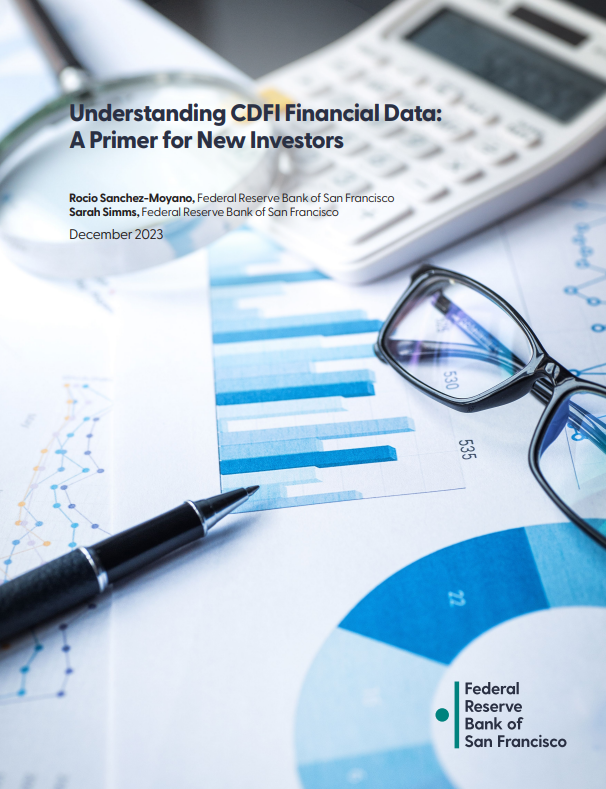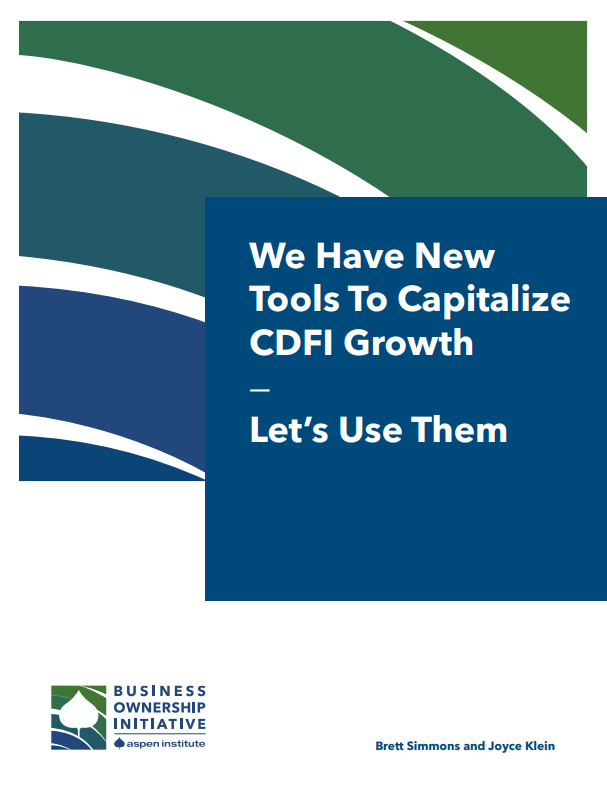- December 13, 2024This month, the U.S. Department of the Treasury's Community Development Financial Institutions Fund (CDFI Fund) released a series of summary…
- September 24, 2024For this analysis, Tract Advisors used CDFI Fund Investment Area (IA) census tracts to represent economic distress and majority-minority census tracts…
- July 23, 2024Fund CI entered this research with the observation that both the CDFI industry and the technologies that support them are…
- March 20, 2023How do differences in bank or lending institution type shape access to credit for small businesses in poor and/or minority…
- March 14, 2023In this paper, we share lessons in six key areas related to microloan origination, including specific practices of CDFIs that…
- October 20, 2022California Communities’ Broadband Needs and the Role of Financial Institutions: Findings from California Reinvestment Coalition Surveys California Reinvestment Coalition
- May 19, 2022The relationship between small business ownership and wealth looms large in the imagination of policymakers and entrepreneurs alike. Indeed, people…



